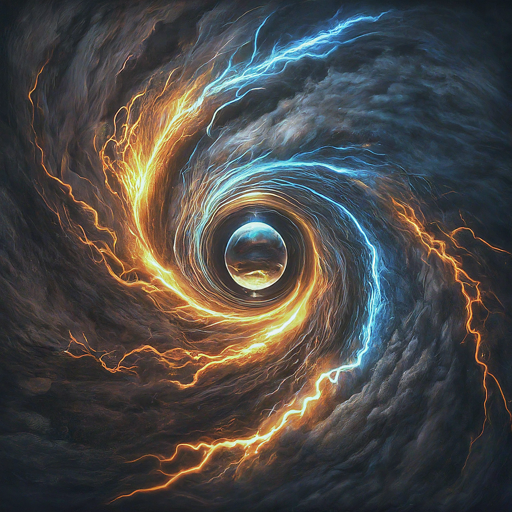The Energy of Existence: Einstein, Thermodynamics, and the Hindu Perspective

Have we not all considered that we might be more than just flesh and bone? That the essence of who you are is pure energy? It's not just a philosophical concept; it's backed by science and ancient wisdom. Einstein's Equation: More Than Just Physics Most of us have seen Einstein's famous equation, E=mc². It's more than a mathematical formula; it's a profound statement about the nature of reality. It tells us that energy (E) and mass (m) are interchangeable, connected by the speed of light squared (c²). We are made of matter, and matter is energy. Thermodynamics and the Cycle of Energy The laws of thermodynamics reinforce this idea. They state that energy cannot be created or destroyed, only transformed. Think of it like this: the chemical energy stored in your food becomes the energy you use to walk, talk, and think. It might even power the light bulb illuminating this blog post. Your energy is constantly in flux, changing forms. The Hindu View: Rebirth and En...




